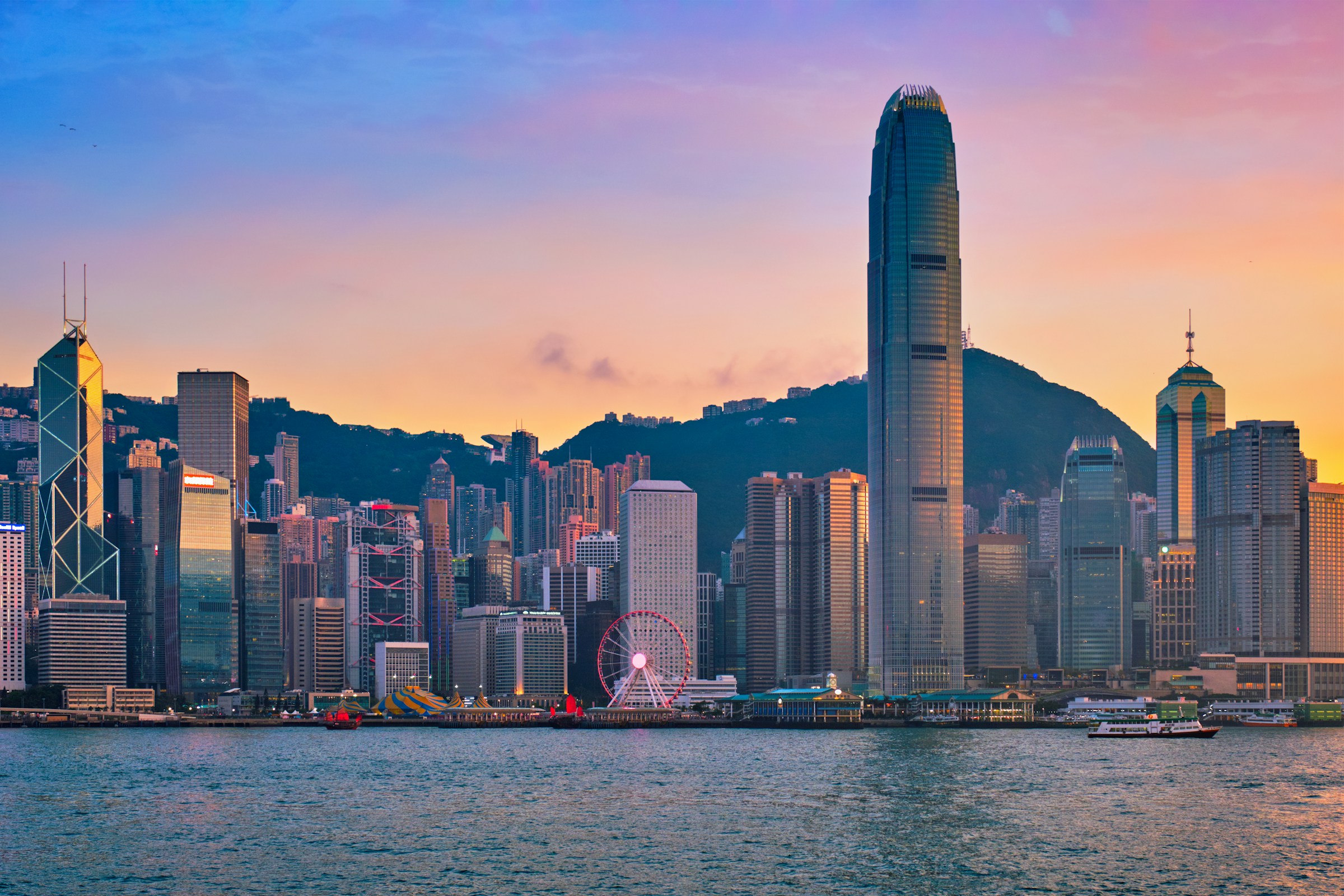The Hang Seng Index broke its five-day rally on Friday, falling 1 percent by mid-morning, with weakness concentrated in tech and auto names. While the move appears modest, its timing is not. As markets head into another round of China-US trade talks, capital is quietly repositioning—not around earnings or growth signals, but around the uncertainty embedded in policy signaling.
Investors are not reacting to headlines. They are interpreting ambiguity.
The Hang Seng Tech Index dropped 1.6 percent, led by losses in Li Auto, down 3.1 percent, and BYD, which fell nearly 2 percent. Mainland benchmarks mirrored the pullback: the CSI 300 fell 0.6 percent, and the Shanghai Composite slipped 0.4 percent. These are not isolated rotations. They reflect a system-wide hesitation triggered by what the next round of diplomacy may or may not deliver—and how capital is already adjusting to it.
Trade negotiations, once watched for sentiment uplift, now operate under a different logic. Investors have learned to read past the choreography. What markets seek is not rhetorical harmony but alignment in regulatory posture, access signals, and fiscal stance. So far, those signals remain mixed. And when capital encounters mixed signals, it moves sideways—or out.
Even as Hong Kong equities touched a 3.5-year high this week, the sustainability of that run was never guaranteed. Liquidity support, AI-adjacent enthusiasm, and rotational flows from mainland investors have helped lift valuations. But conviction remains contingent. Particularly in tech, where firms like Tencent and Alibaba, down 0.6 and 1.5 percent respectively, still sit at the intersection of cross-border regulation and domestic growth recalibration.
In that context, Friday’s retreat is less a tactical pullback than a structural pause. Capital is waiting to be convinced—by credible, visible moves in policy direction. And so far, it’s not getting them.
The policy backdrop within China continues to send dual messages. On one hand, the central government has emphasized fiscal support, consumption activation, and private sector encouragement. On the other, provincial governments remain constrained by debt overhangs, while credit flows remain uneven and sentiment among private firms subdued. This duality creates friction for equity markets. Rallying on liquidity is one thing. Relying on it without real sector follow-through is another.
Meanwhile, US-China relations remain governed by optics over outcome. This weekend’s trade discussions will likely follow the pattern of previous rounds: staged optimism, guarded language, and few binding takeaways. Markets understand this. But what they cannot price is the possibility of quiet deterioration beneath that choreography—especially on semiconductors, supply chains, or capital market access.
The current environment leaves institutional allocators in a holding pattern. Funds with Asia mandates remain selectively constructive, but broader macro funds are reducing exposure to policy-sensitive names. This is visible in how capital is gravitating away from dual-listed tech and toward regionally buffered assets like Singapore REITs and GCC sovereign debt.
The deeper concern isn’t trade conflict—it’s signaling fatigue. After years of reactive policymaking and opaque reforms, investors have learned to question whether official statements translate into investible reality. As a result, even a benign outcome from this weekend’s talks may not be sufficient to reignite inflows without corresponding shifts in regulatory clarity, corporate guidance stability, or domestic consumption traction.
What we are witnessing, then, is a form of capital recalibration—not an exit, but a posture shift.
This posture is defensive. It favors cash flow over concept, visibility over velocity, and regional dispersion over mainland concentration. It also suggests that, absent stronger signaling cohesion from Beijing, Hong Kong’s equity markets may remain vulnerable to episodic reversals—particularly when geopolitical timelines converge with earnings and macro releases.
Notably, the pullback in EV names like Li Auto and BYD hints at a deeper sensitivity to external posture. These firms, heavily reliant on both local subsidy continuity and global market access, represent the kind of cross-border exposure that is difficult to hedge in uncertain diplomatic terrain. Their underperformance relative to index peers reinforces the idea that sector selection is now a proxy for policy trust.
That trust, at present, remains fragile.
If trade talks deliver minimal movement, expect capital to increasingly differentiate within the China bloc. Hong Kong-listed firms with offshore revenue diversification may hold up better than domestically concentrated SOEs or firms navigating opaque regulatory frameworks. Meanwhile, institutional flow data from Q2 suggests growing interest in ASEAN and India exposure among global EM allocators, reinforcing the view that China is no longer treated as a monolith, nor as an automatic beta play.
The Hang Seng’s brief pause should not be interpreted as mere consolidation. It is a signal in itself—capital is cautious not because of weak fundamentals, but because the policy environment no longer provides confidence anchors. This is not a verdict on China’s growth potential. It is a reflection of how that potential is priced when signals fragment.
This isn’t a sentiment shift. It’s a capital signal. And it suggests that until policy alignment replaces political theatre, rallies will remain shallow and conviction will stay conditional.





-3.jpeg&w=3840&q=75)



.jpg&w=3840&q=75)




